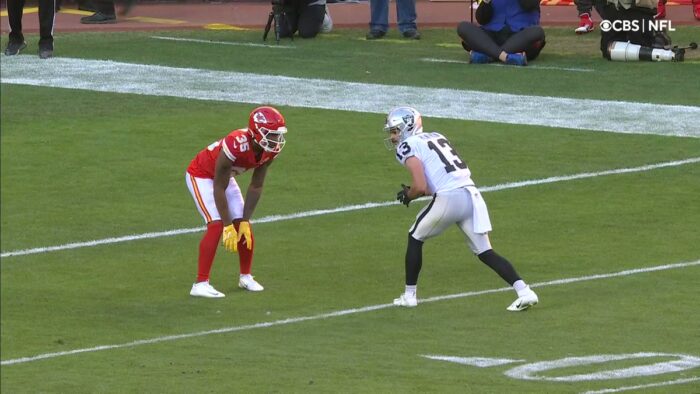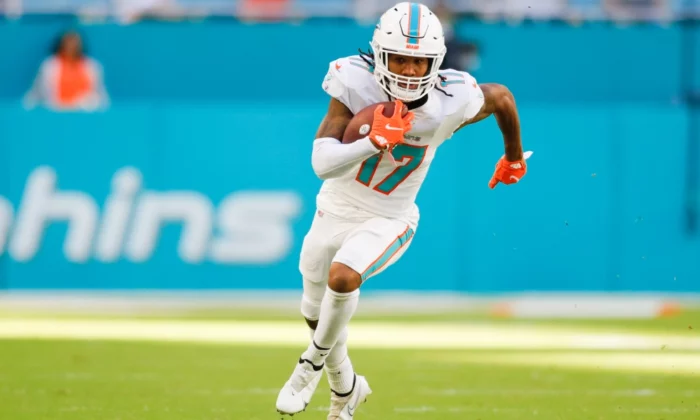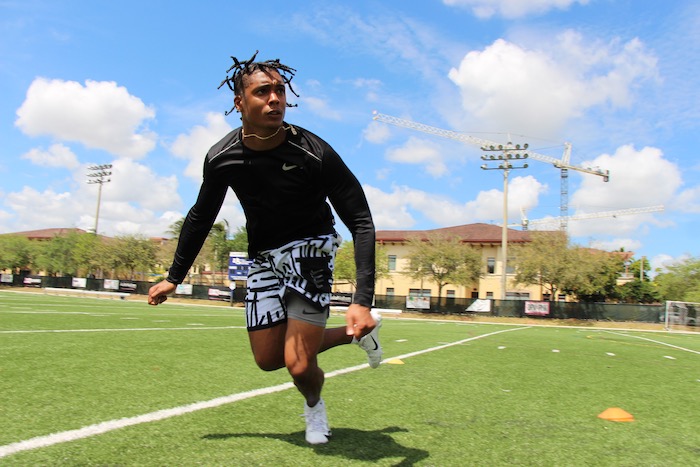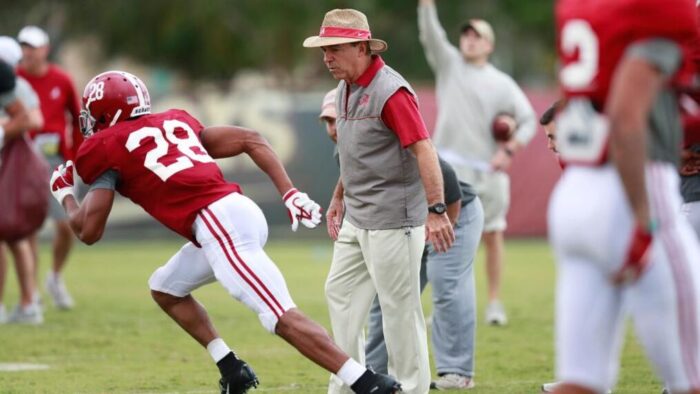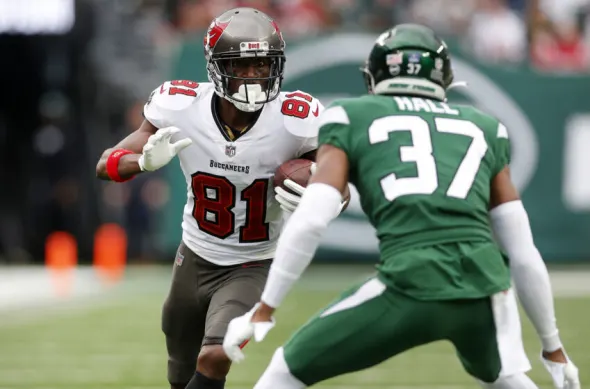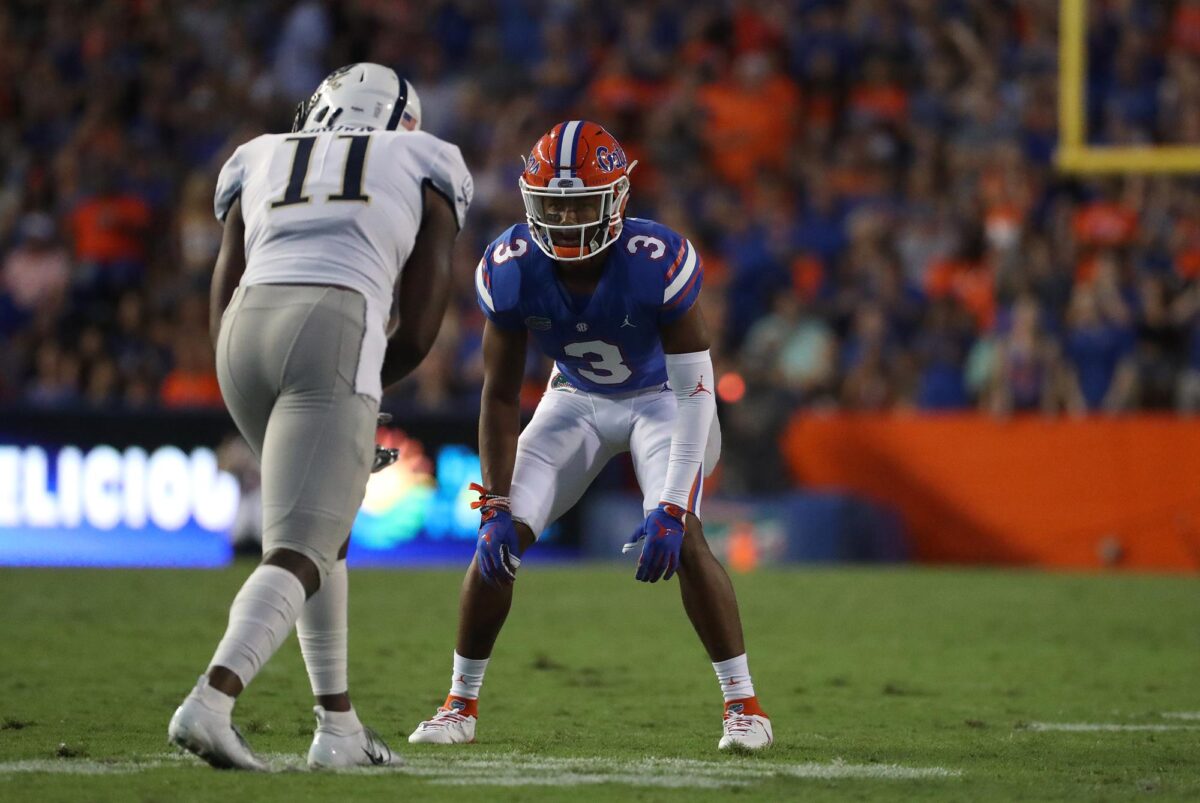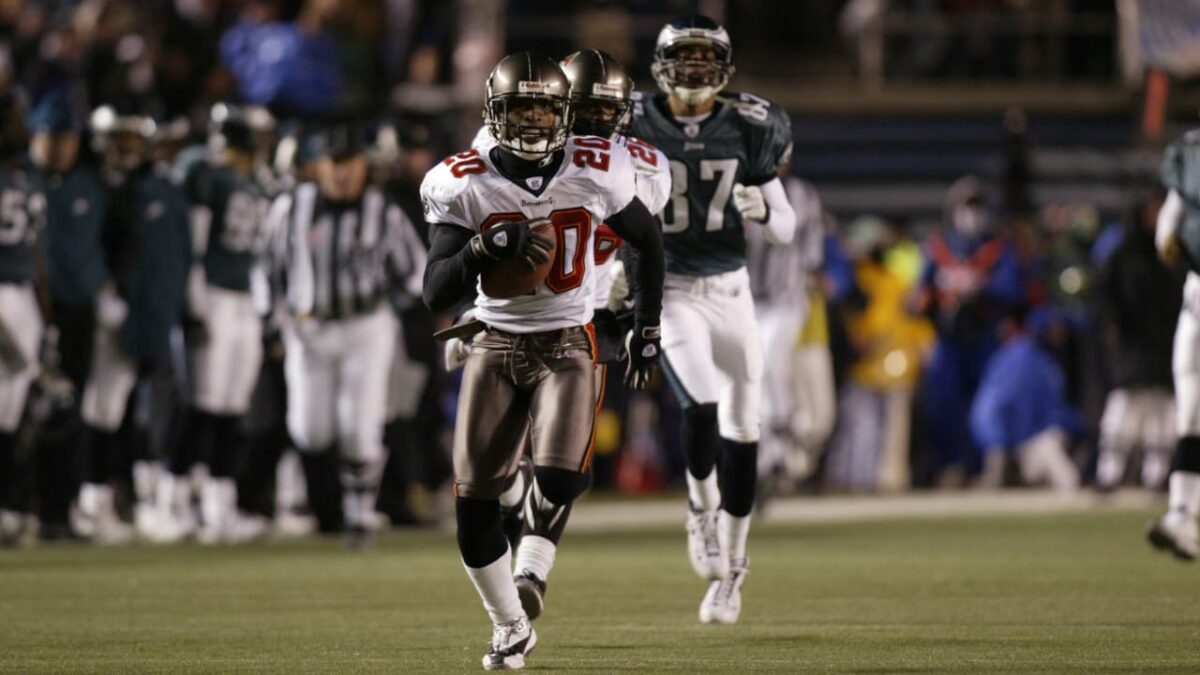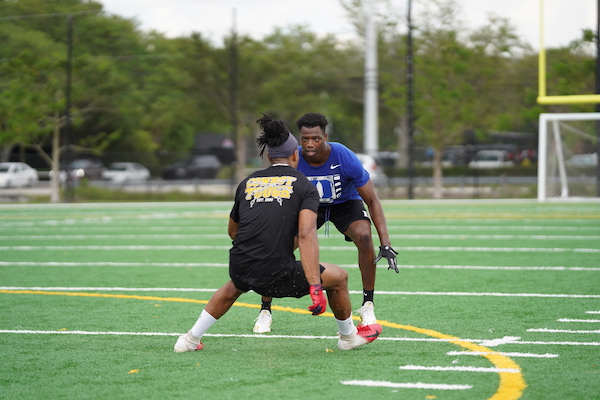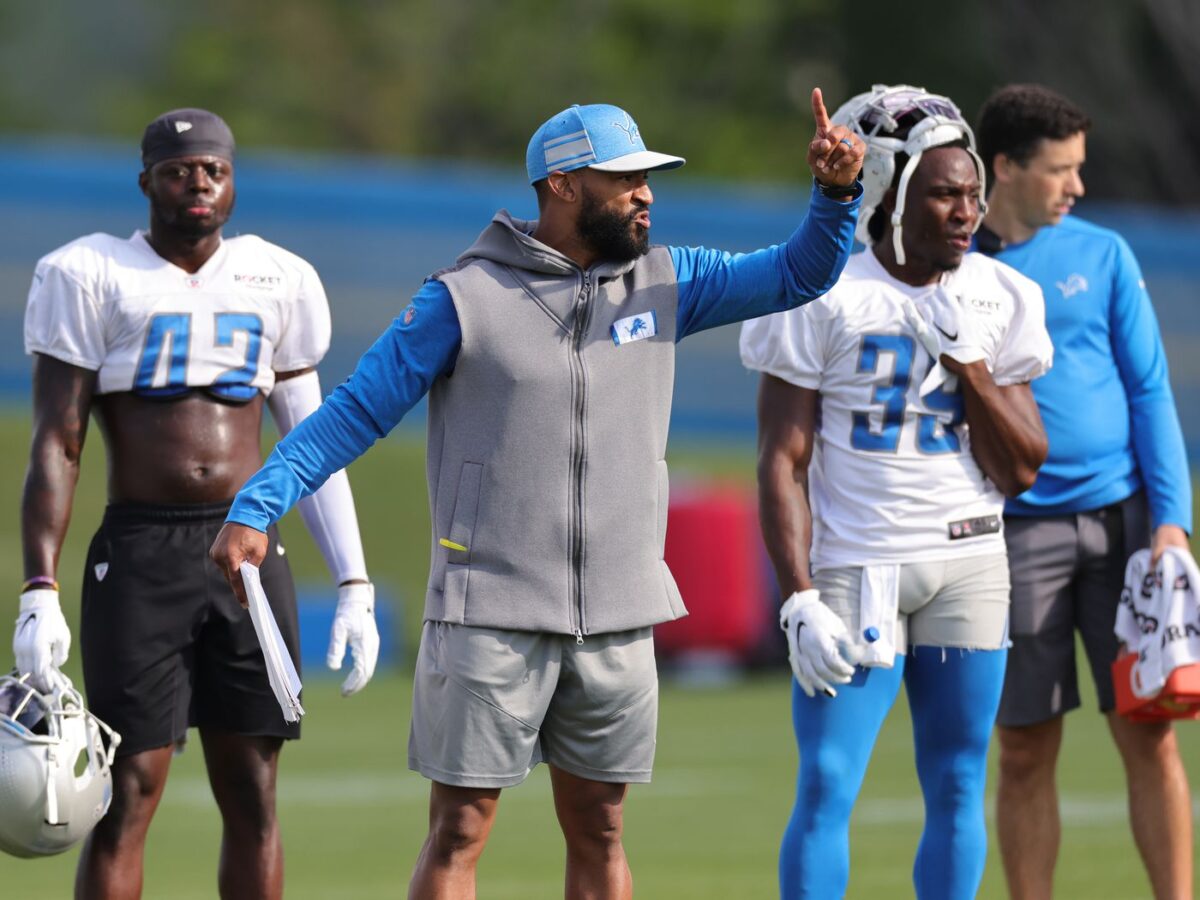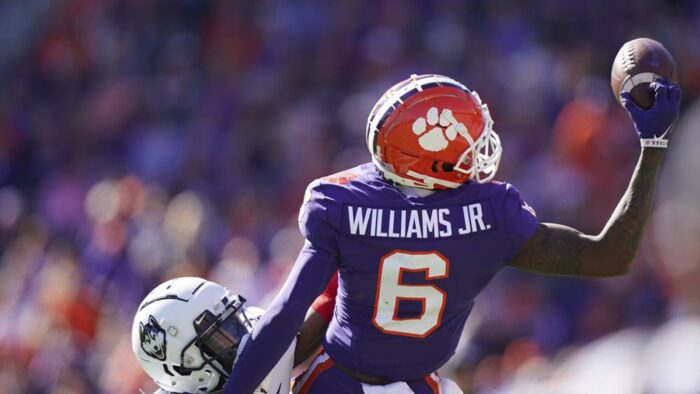Oh how we love 1-on-1s don’t we? Skip the individual period, get rid of the team period and shorten the 7-on-7 so we can add another 30 minutes to the 1-on-1s. Perhaps you are one of those guys who thinks they should arrive at the camp when they start the DB v. WR period. Yes, it’s a mentality and we love it. However, it can ruin your game.
We love 1-on-1s as defensive backs because of the challenge. Not only to us physically but our manhood. It’s me vs you, let’s see who wins. While I certainly don’t want to take any of that away from you, I do need to remind you that football is the ultimate “team” game. When guys get too wrapped up in the individual battles, they lose sight of the ultimate goal and that is to win as a team.
What I have seen often as both a coach and trainer is that some athletes want to win the 1-on-1 reps so bad that they will do anything to accomplish that. This means, open the gate, hold, guess on the route along with a host of other things that will not be in their best interest long term. You will see a defensive back get grade A instruction on the proper principles of press coverage only to fully abandon them when he walks down to the other end of the field for the DB v. WR segment. Why? Because he just can’t stand to have that wide receiver catch a ball.
What should be the focus for any and all defensive backs in 1-on-1s is adhering to the technique that they are being taught. Executing the technique does not mean you will win every rep. A baseball player can take a perfect swing and still miss a pitch. What the goal should be is executing consistently. The more you can keep your eyes low, move your feet, keep your leverage and have proper hand placement, the better you will continue to become. However, if your tendency is to change techniques often to win each battle then you will undoubtedly lose the war.
As with anything else in life, consistency is key. Over the course of developing consistency, you will lose battles. What eventually ends up happening though are those loses start to become fewer and farther in between. This results in you being the kind of player that not only your teammates and coaches can depend on but one that you can bank on too.
As you are taking your 1-on-1 reps, do yourself a favor, evaluate the rep by how good you were able to adhere to the techniques you have been taught not by whether or not the wide receiver logged a stat. When the pass rush and other elements get entered into the game, the true winner will be you, that is if you have had the discipline to apply what you just read in this article.
Looking for the discipline to become the best DB you can be? Discipline starts with knowledge and the All Eyes DB Camp Member’s Area is all about giving you the tools to win. Check it out now if being elite is what you’re all about. Click here for more info.

